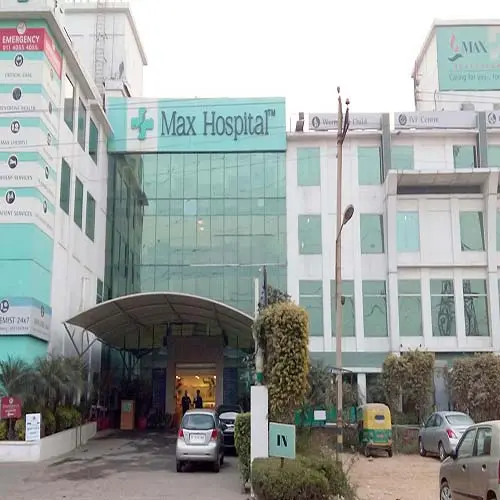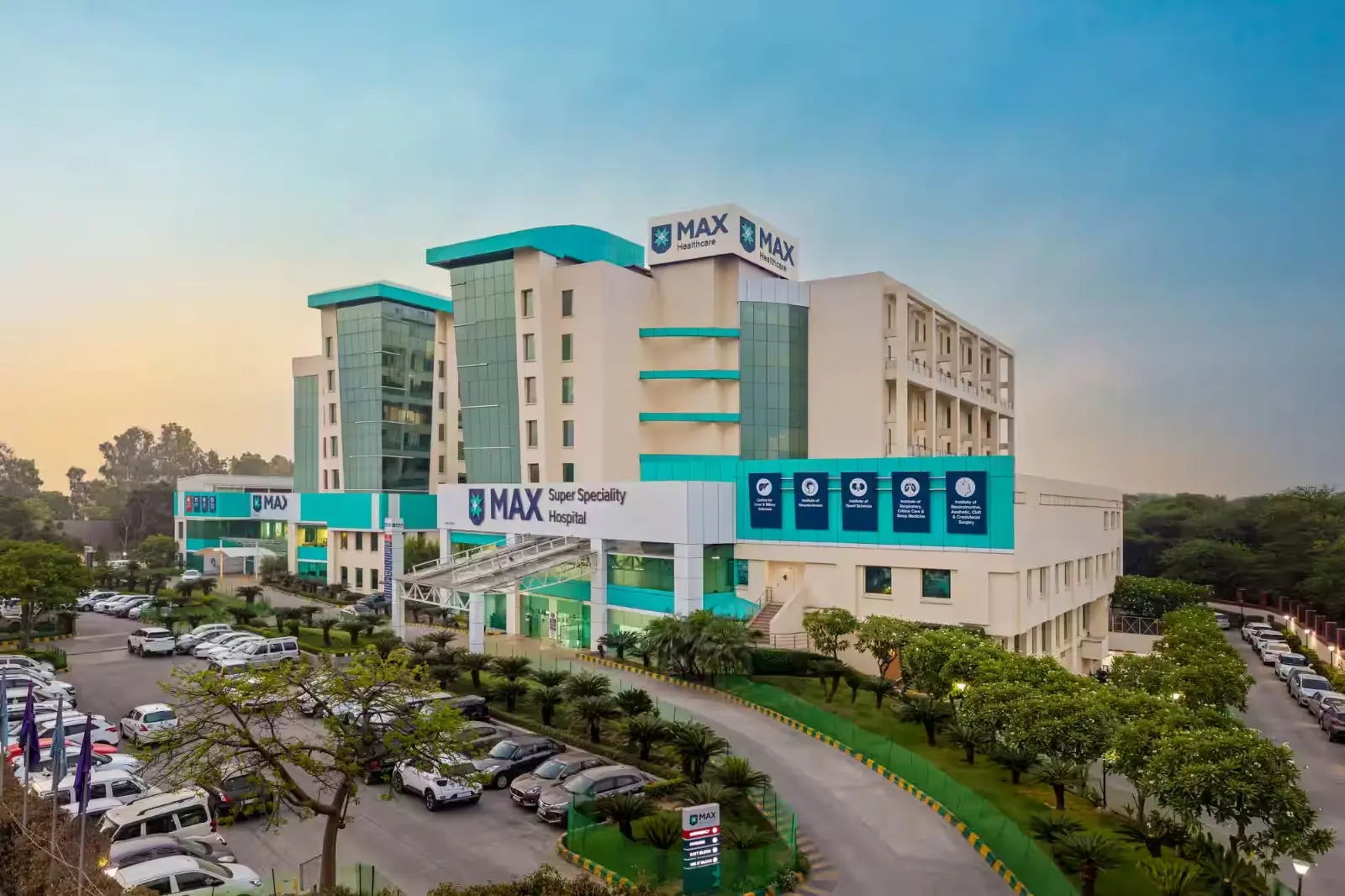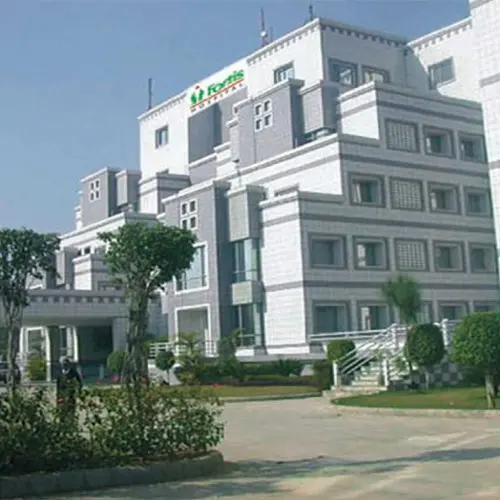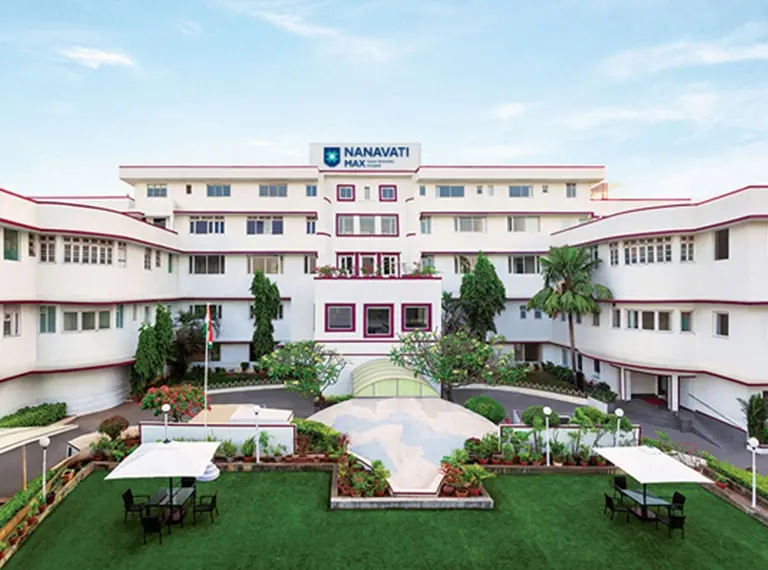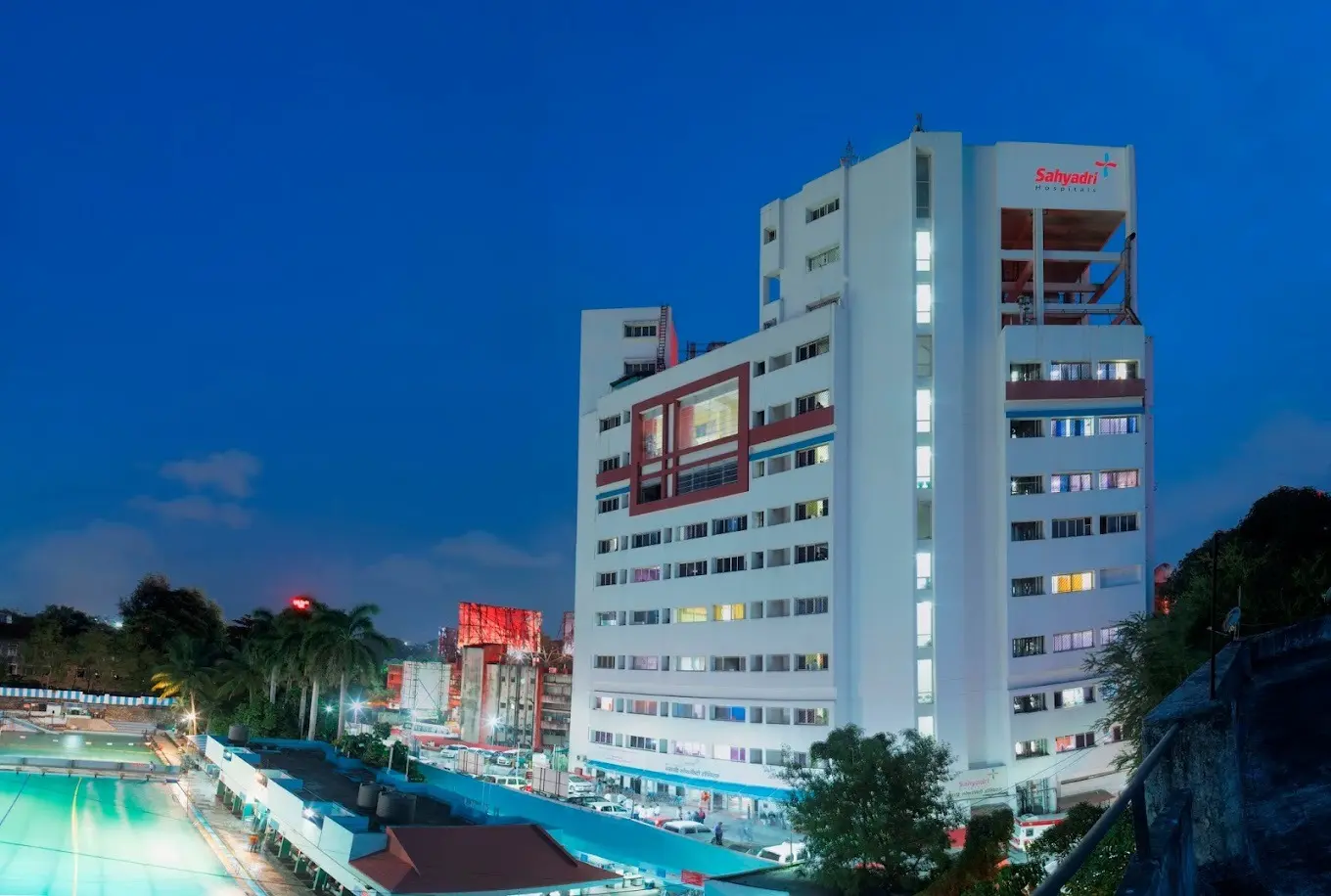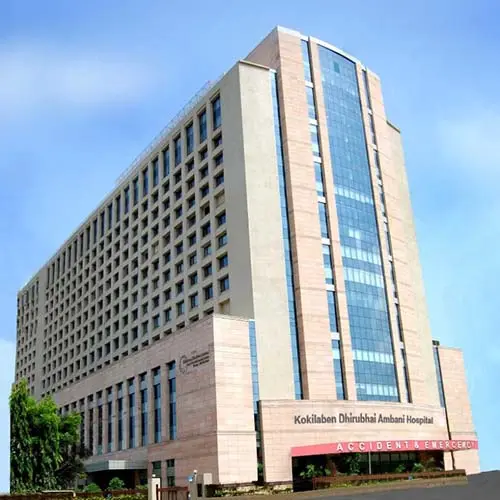Clubfoot Correction cost in India
Clubfoot correction cost in India can ranges from $2,500 to $3,200, which is approximately 2,10,000 to 2,70,000 Indian rupees. India is globally known for providing high-quality pediatric orthopedic treatments at affordable rates. Many international families choose India for clubfoot treatment, as it offers advanced care at a much lower cost compared to Western countries — without compromising on safety, skill, or results.
Clubfoot is a congenital condition where one or both of a baby’s feet are twisted inward or downward. Without treatment, this can lead to difficulty walking, pain, and lifelong disability. Treatment usually starts soon after birth and often follows the Ponseti method, which involves gentle manipulation, serial casting, and a minor surgical procedure (Achilles tenotomy) to correct the deformity. In some cases, additional bracing or surgical interventions may be needed.
Cost Range of Clubfoot Correction cost in India
Surgeons in India create a personalised treatment plan for clubfoot correction by carefully evaluating the child’s condition. This includes a thorough review of medical history, physical examination of the feet, and imaging tests (like X-rays if needed) to assess the severity and flexibility of the deformity. Factors such as age, stiffness of the foot, overall health, and whether the condition is unilateral or bilateral help guide the treatment plan.
The goal is to achieve proper foot alignment, pain-free walking, and improved long-term mobility, allowing the child to grow and play normally.
Get a free cost estimate
What is clubfoot correction?
Clubfoot correction is a treatment used to fix a condition where a baby is born with one or both feet twisted inward or downward. This condition, called clubfoot, makes it hard for the child to walk normally if left untreated. Treatment usually begins soon after birth and often includes gentle stretching, casting (Ponseti method), and sometimes minor surgery to reposition the foot. The goal is to help the child have feet that look normal and work well, allowing them to walk, run, and play without pain.
Common Conditions That May Require Clubfoot Correction in India
Congenital Clubfoot (Idiopathic)
The most common form, where one or both feet are twisted inward at birth without any other underlying condition. Early treatment using the Ponseti method is highly effective.
Syndromic Clubfoot
Occurs as part of a genetic syndrome or neurological condition (e.g., spina bifida, arthrogryposis). These cases are usually more rigid and may need a combination of casting and surgery.
Recurrent Clubfoot
Sometimes, clubfoot returns after initial correction, especially if bracing is not followed properly. Further casting or surgical procedures may be needed.
Neglected or Untreated Clubfoot
In some children, especially from remote areas or low-resource settings, clubfoot may go untreated for years. Correction is still possible using customized casting or surgical techniques.
Atypical Clubfoot
A rarer form with severe stiffness and abnormal foot structure. These cases may require modified treatment protocols and expert orthopedic care.
Who Is an Eligible Candidate for Clubfoot Correction in India?
1. Medical Eligibility Criteria
a) Confirmed Diagnosis of Clubfoot
Clubfoot correction is recommended for children diagnosed with one or both feet twisted inward or downward at birth. A physical examination by a pediatric orthopedic specialist is usually enough to confirm the condition.
b) Type and Severity of Clubfoot
- Congenital (Idiopathic) Clubfoot: Most common type, ideal for early Ponseti treatment.
- Syndromic or Neuromuscular Clubfoot: These may need more extensive care and combined therapy.
- Recurrent or Untreated Clubfoot: Older children or those with relapse can still benefit from customized treatment plans.
- Rigid or Complex Clubfoot: Surgery may be needed if the foot is stiff or resistant to casting.
2. Additional Considerations
Age
- Best Time for Treatment: Within the first 1–2 weeks of life for Ponseti method.
- Older Infants/Children: Treatment is still effective in later months or years but may require more steps or surgery.
Overall Health
- The child should be healthy enough to undergo casting and minor procedures. Any infections or underlying conditions should be addressed first.
Family Commitment
- Parents must commit to the full treatment, including regular cast changes, bracing after correction, and long-term follow-up to prevent relapse.
Types of Clubfoot Treatment in India and Cost
Here is an overview of the common types of Clubfoot treatment with their approximate cost range in USD:
Type of Treatment | Description | Approximate Cost (USD) |
Ponseti Method (Serial Casting) | The most common and effective treatment for infants. Involves weekly gentle stretching and cast changes to gradually correct the foot position. | $1,500 – $2,000 |
Achilles Tenotomy | A minor surgical procedure done under local anesthesia to release the tight heel cord (Achilles tendon) and allow proper foot alignment. | Often included in Ponseti cost |
Bracing (Foot Abduction Brace) | After casting, a special brace is used to maintain the correction and prevent relapse. It must be worn for several months to years. | $200 – $500 (brace cost) |
Surgical Correction | Used in complex, rigid, or neglected cases. Surgery involves tendon lengthening, soft tissue release, or bone repositioning. | $2,500 – $3,200 |
Revision Surgery | Performed when previous treatment was incomplete or if the clubfoot returns. The surgical approach depends on the severity of relapse. | $2,500 – $3,000 |
Get a free cost estimate
Clubfoot correction Cost in India Inclusions
- First consultation
- Treatment as advised
- Routine drugs and consumables required during hospitalization
- Pre-anesthesia check up and clearance
- Hospital stay and meals as per the package
Clubfoot correction Cost in India Exclusions
- Pre-operative examination and tests
- Hotel stay, meals and flights
- Extended hospital stay
- Post-treatment follow-ups
- Treatment for any other underlying medical conditions
- Any complex investigations or drugs
Other Factors Affecting Clubfoot Correction Cost in India
- Type of surgery advised
- Choice of location, doctor and hospital
- Pre-existing medical history
- Type and duration of treatment advised
Types of Tests for Clubfoot Correction in India
Category | Brief Description | Common Tests |
Blood Tests | To check overall health, rule out infections, and ensure safe anesthesia. | Complete Blood Count (CBC), Blood Group & Cross-Matching, Coagulation Profile (PT, APTT, INR), Kidney & Liver Function Tests. The blood test costs around $100. |
Imaging Tests | To assess foot structure, joint alignment, and deformity severity. | X-rays of the foot and ankle (especially in older children or relapsed cases), Ultrasound (in newborns). This costs approximately $300 to $400. |
Physical Examination | Main diagnostic step to evaluate foot position, flexibility, and severity. | Clinical examination by a pediatric orthopedic surgeon. |
Neurological Screening | To rule out nerve-related or syndromic causes of complex or stiff clubfoot. | Neurological assessment, reflex tests, developmental screening. This costs about $50 |
Pre-Anesthesia Checkup | To ensure the child is fit for casting under sedation or surgical procedures. | General health check, ECG, airway evaluation, pre-anesthetic consultation. This costs about $100. |
Why is India Preferred as One of the Best Countries for Clubfoot Correction?
India is one of the most preferred destinations for clubfoot correction due to its experienced pediatric orthopedic surgeons, advanced medical facilities, and affordable treatment options. Families from around the world choose India for timely and effective care, especially for infants and young children.
The cost of clubfoot treatment in India typically ranges from $2,500 to $3,200, which is significantly lower than in countries like the USA, where the same treatment can cost between $15,000 and $30,000. Despite the lower cost, Indian hospitals maintain international standards of safety and success.
Leading hospitals such as Apollo Hospitals, Fortis Healthcare, Max Healthcare, and Manipal Hospitals offer expert care using globally accepted methods like the Ponseti technique, along with access to bracing, physiotherapy, and surgical support if needed.
India also offers additional support to international patients — including medical visa assistance, language interpreters, and affordable accommodation — making the overall experience smooth and family-friendly.
In short, India offers the perfect blend of skilled care, cost-effectiveness, and compassionate support, making it a top global choice for clubfoot correction surgery.
Best Club Foot Correction Hospitals in India
Best Surgeons For Club Foot Correction in India
FAQs
Yes. Clubfoot can be effectively corrected using non-surgical methods like the Ponseti technique, or surgery in more complex cases.
Treatment should ideally begin within the first 1–2 weeks after birth, when the baby’s tissues are soft and flexible for casting.
The Ponseti method is a non-surgical treatment that involves gentle stretching, weekly cast changes, and a minor procedure (tenotomy) to correct the foot position.
Most cases can be corrected without major surgery. However, rigid, neglected, or relapsed clubfoot may require surgical correction.
Initial casting usually takes 4–8 weeks, followed by a foot brace for several months to prevent relapse. Full treatment can last up to 3–4 years, especially in severe cases.
The procedures are gentle and not painful. Babies may experience mild discomfort during casting, which is temporary.
Yes. With successful treatment and follow-up, most children walk, run, and play normally without limitations.
Untreated clubfoot can lead to difficulty walking, pain, foot deformity, and lifelong disability.
Relapse can happen if bracing is not followed correctly. Regular follow-ups and parental commitment are essential for long-term success.


